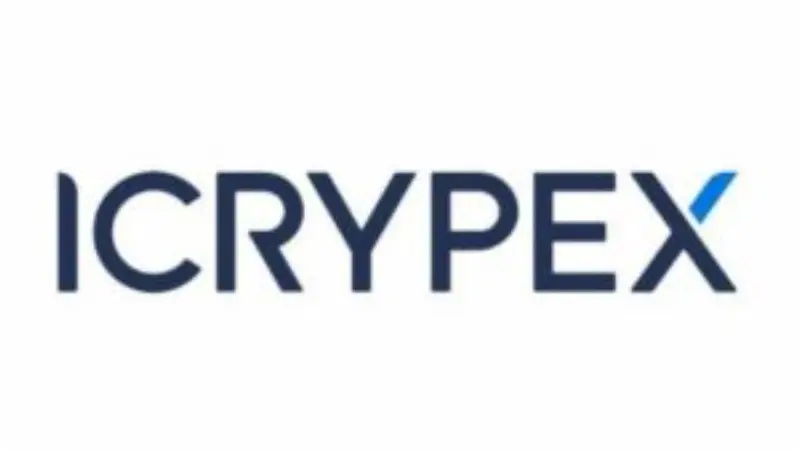Who founded Bitcoin and why it was produced is a question mark in the minds of many of you. The founder of Bitcoin is known as Satoshi Nakamoto, and the story of crypto coins, which took 2010 to mature, sprouted with the bitcoin article in 2008. With the crypto coins containing P2P (end-to-end, from one user to another user) technology, it was aimed to establish an order in which there is no other person based on trust. Crypto coins, whose value is not determined by any institution and are in a distributed structure, are produced using blockchain technology. The most important reason for the emergence of this innovation, which started the digital transformation, came from the idea of a money that central banks could not manage. Especially after the 2008 Mortgage Crisis, this idea accelerated and bitcoin entered our lives. We have witnessed the liberalization of money that is kept under control to restrain greed and monopoly and the introduction of bitcoin into our lives for this way. Satoshi Nakamoto, who thinks that central banks are violating trust, stated that bitcoin is the solution to the situations of divisibility, portability and scarcity, emphasizing that the main problem against the fiat currency is trust. Based on this data, we can say that bitcoin was created with the aim of removing money from an authority motive and that it is based only on trust. Thus, a democratic cryptocurrency was created that could be seen by everyone, where the transaction took place directly between the parties, which could only be managed by the people involved.

Why Was Bitcoin Produced?
- March 29, 2023
Digital signatures are essential for secure communication in digital systems. In blockchain networks, they are used to verify transactions, prove ownership, and prevent tampering. Among the various algorithms used to create digital signatures, ECDSA is the standard in Bitcoin, Ethereum, and many other networks. It combines strong security with efficient performance, which is why it is widely adopted....
The crypto world is full of new projects, especially in DeFi. Every day, a new token pops up, promising big returns and revolutionary tech. But with that excitement comes risk. One of the most damaging and common scams in this space is the rug pull. It is exactly what it sounds like. Everything looks fine until someone yanks the floor out from under you. A rug pull happens when a project’s creators...
Markets are unpredictable. One day they surge, the next they drop without warning. For new investors, this can feel like stepping into chaos. Dollar Cost Averaging, or DCA, offers a way to invest without getting pulled into the drama. Instead of trying to guess the perfect moment to buy, you invest small amounts regularly. It’s steady, low-stress, and easier to stick with. This method is popular...
A Key Technology Powering Privacy in Blockchain Privacy has become one of the most important challenges in digital systems. From messaging apps to decentralized finance, users are demanding more control over their data. In blockchain, where transparency is built into the system, this creates a tension. How can you prove something is valid without revealing the actual information? This is where zero-knowledge...
Trump’s Appointment of a Bitcoin-Friendly Economist Raises Bitcoin Donald Trump appointed Bitcoin-supporting economist Stephen Miran to the Federal Reserve Board, fueling market expectations of a looser monetary policy. This development sent Bitcoin rising 2% to above $117,500. Miran’s appointment has fueled expectations that the Fed will adopt a less hawkish stance, while some analysts warn that the...
No posts found